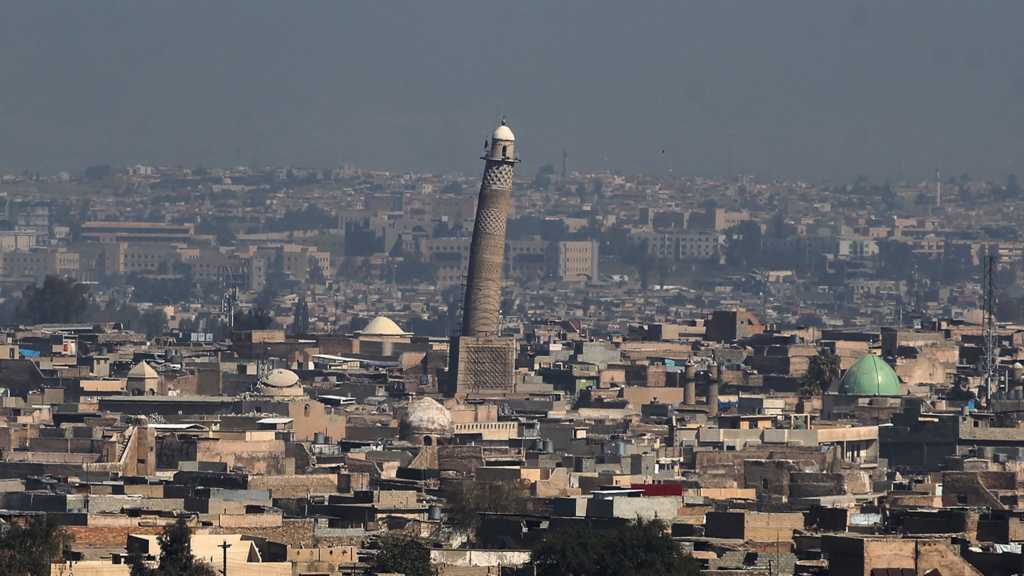The fortunes of the Islamic State a.k.a Daesh seem to be rapidly dwindling. While they have, no doubt, succeeded in sowing the seeds of terror and violence across the globe from Michigan to the Phillipines, territorially, the IS is retreating like never before. While it once stretched from Syria to Iraq and seemed to be growing in size, it now finds itself expelled from most of the territories it had previously held. In 2014, as a high water mark of its expansion stage, the IS had captured the crucial city of Mosul in Northern Iraq from Iraqi troops. The rapid fall of Mosul came as a shock to the Iraqis and the Americans, who had enough prior information about the threat to the city.
Mosul, located on the banks of the Tigris river, also known as the ‘Pearl of the North’ is an important city in Northern Iraq. Bordered by Kurdish areas, Mosul has been populated by Assyrian Christians, Arabs, Shiites, Yazidis, Armenians and Mandaeans. In the centre of the old city lies an ancient mosque, known as the Great Mosque of Al Nuri.
Built by and eponynmously named after Nur-ud-din Zangi, who fought Christian crusader states in lifetime, the Al Nuri Mosque, constructed in 1172-73, had been the symbol of Mosul for over 8 centuries. A minaret accompanying the Al Nuri Mosque had leaned over time, becoming the distinctive feature of the ancient monument. Muslims believe the minaret tilted in reverence to Prophet Muhammad who passed above it while rising to heaven.
While Christians believe the minaret leaned in respect for the tomb of Virgin Mary in Arbil. For years, Mosul was known as Al-Hadba (the hunchback) after its famously leaning minarets.
In June 2014, when Mosul fell to IS fighters, self-proclaimed Caliph, Abu Bakr al Baghdadi chose the ancient Al Nuri Mosque to announce his caliphate to the entire world.
Mosul was completely overwhelmed by the barbarity of IS terrorists. Assyrian Christians who had resided in Mosul since 1 century CE were either hounded out or killed or forced to convert. Possibly, there are none left in Mosul today. Churches and other ancient sites were demolished by IS fighters with impunity, bringing grief to the community. IS goons did not even spare the ancient Assyrian sites in nearby Nineveh. Yazidis, the other large minority in the city, were either killed on the spot and their women taken as Sex slaves or forcefully converted to Islam.
Yazidis, who follow an ancient religion that incorporates features of Hinduism, Christianity, Islam and Mazdaism were singled out for the worst possible massacres by IS terrorists. The residents of Mosul, many of whom had initially welcomed IS, sick as they were of the Shiite government in Baghdad, were effectively reduced to prisoners in their own city. IS imposed various Islamic restrictions on people making life unbearable for people stuck in Mosul. In 2014 itself, IS had tried to demolish the Al Nuri mosque and its leaning minaret, claiming that the structures were unislamic. At that time, citizens of Mosul had formed a human chain and forced IS to backtrack.
Slowly, the tide of war began to turn against the IS. An international coalition was stitched together and the Iraqi government modified its strategy in deference to Sunni aspirations. Gradually, IS began to be evicted from their strongholds in Iraq and Syria.
In October 2016, Iraqi, Kurdish, American and French forces joined hands to wrest Mosul back from the IS. In face of overwhelming force, IS began to lose ground rapidly. In the last few days, coalition forces were only metres away from Mosul’s city centre. It seemed only a matter of time before the iconic Al Nuri mosque would fall back to Iraqi hands. Perhaps realizing that the fall of the monument would be a big propaganda victory to the coalition forces, IS fighters blew up the Mosque and its distinctive minaret on 21st June.
The site where IS’s Al Baghdadi had proclaimed himself as the Caliph was erased from the face of the earth to prevent its fall to Iraqi forces. To confound matters further, Amaq, IS’s News agency claimed that the Mosque was destroyed in a US airstrike. Perhaps they intended to mobilize the population against coalition forces to save themselves from certain defeat.
Coalition forces were quick to point out that no airstrikes had been carried out by them in the Mosul area. Iraqi Prime Minister was quick to slam the demolition, saying “Daesh’s bombing of the al-Hadba minaret and the al Nuri Mosque is a formal declaration of their defeat,”.
Given the human costs of the battle, it might still take a few days or weeks for Mosul to fall back into Iraqi hands. Even when it happens, the treasure trove of ancient monuments, scriptures and cultures obliterated by IS will never be recovered.
Mosul, for all its ancient glories has been reduced to a cultural desert by the IS during its 2 years’ occupation.
Thousands of its citizens have been killed, large parts of the city depopulated and communities that had lived cheek by jowl for centuries have been displaced by the barbarity of the IS. The fate of Mosul is a stark reminder why the world must come together and eliminate the IS and the poisonous ideology that sustains it.
